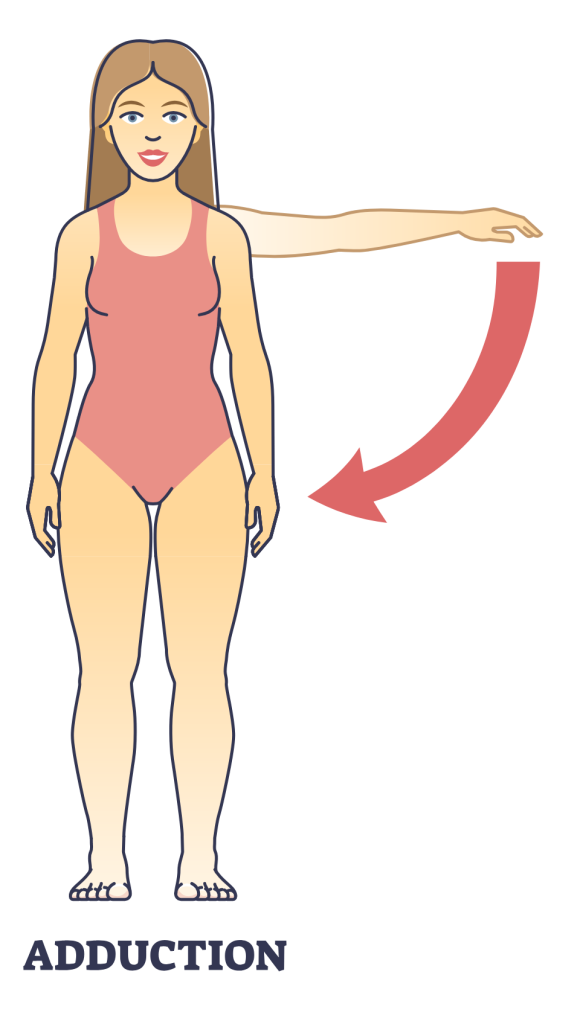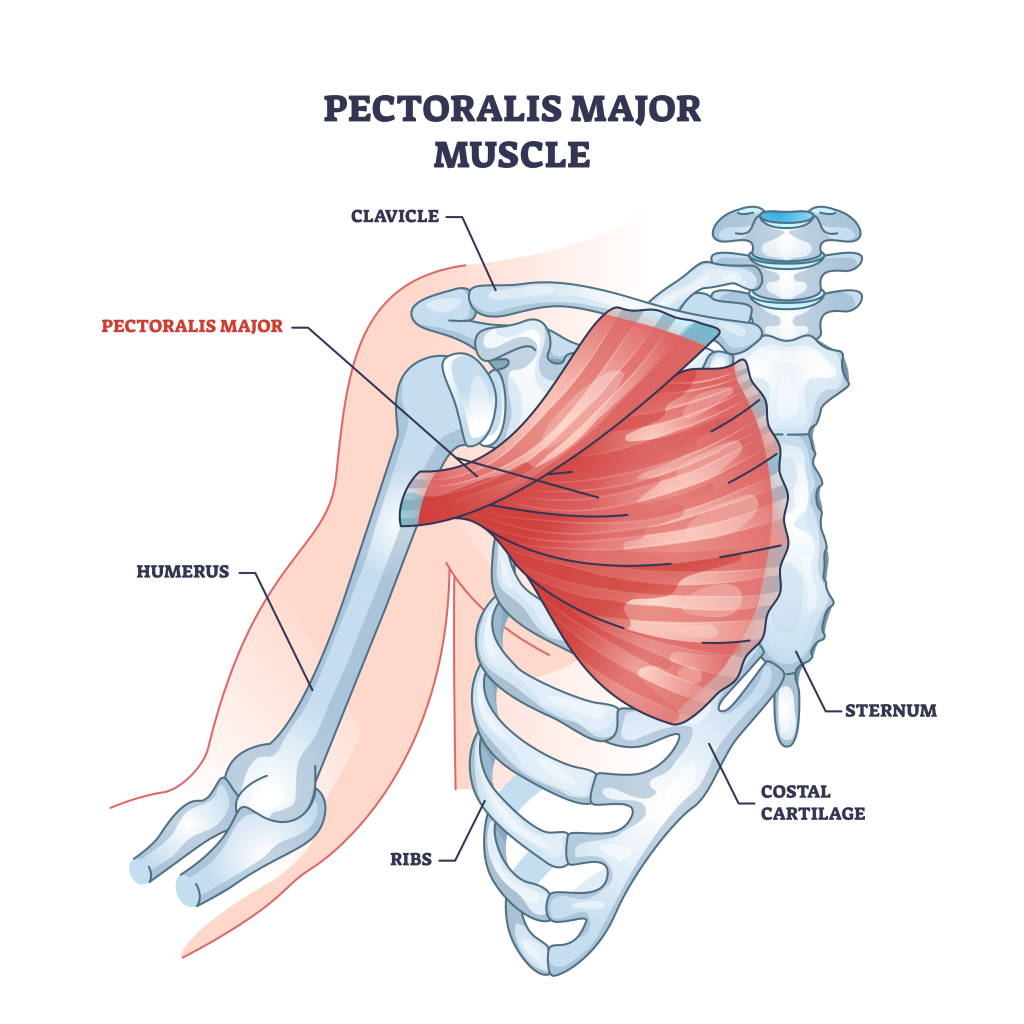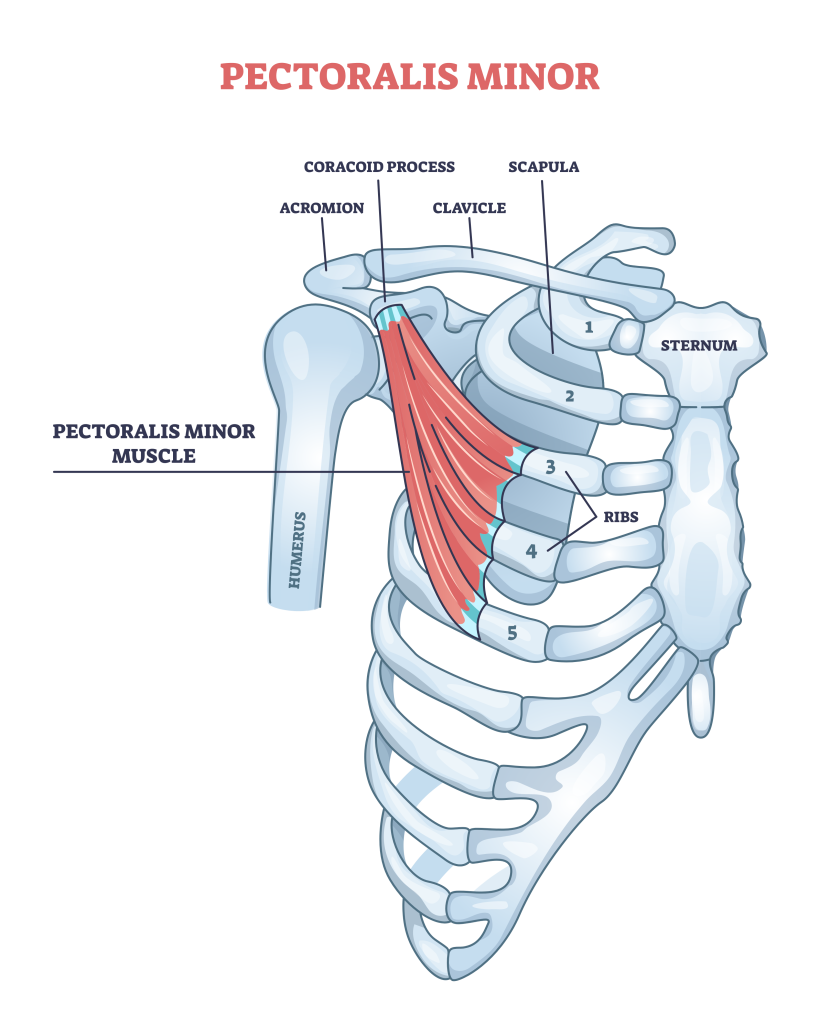What are the Benefits of Doing Incline Cable Flys?
Incline cable flys are considered such a solid exercise because of their effectiveness at achieving one goal; hypertrophy of the pecs.
Of course, alongside being great for chest mass, incline cable flys are also quite effective for achieving a whole host of secondary benefits - many of which are also readily needed by the majority of weightlifters.
Benefits of Incline Cable Flys
Excellent for Building Chest Mass and Strength
Because incline bench cable flys involve sweeping arm adduction against resistance, the chest muscles are worked to a significant level of intensity and to a full range.

With proper programming and efficient technique, hypertrophy of the pectoralis minor and major muscles is all but guaranteed.
For the best results, aim to stretch out the eccentric (descending) phase of each repetition for up to two seconds. This will ensure a proper time under tension, of which is absolutely vital for triggering muscular hypertrophy.
Reinforces Arm Adduction and Internal Arm Rotation
Apart from the fact that incline cable flys strengthen the pectoral muscles, the movement pattern itself features a considerably wide range of arm adduction. This makes it excellent for reinforcing arm adduction as a movement.

As such, alongside being able to perform arm adduction with greater force and stability, the large range of motion also improves the mobility of the shoulder and chest tendons - further reinforcing arm adduction as a whole.
Alongside arm adduction, the pectoral muscles are also partially responsible for internal rotation of the arm at the shoulder joint.
For much the same reasons as arm adduction itself, this biomechanic is also reinforced by incline cable flys.
Can Correct Pectoral Imbalances
Practically all lifters have some small degree of muscular imbalance in their pectoral muscles - a simple fact of being one-hand dominant.
While this sort of imbalance is unlikely to be visually noticeable or otherwise affect physical performance, physique competitors or lifters with more than just a minor imbalance may wish to even out the size and strength of their chest muscles.

Fortunately, as an exercise that works both chest muscles independently of the other, the incline cable fly is perfect for correcting such an imbalance.

No special programming or technique is required to use cable flys for this purpose. Simply performing the exercise as you would for standard muscular hypertrophy will more than suffice.
Simple, Highly Adjustable and Safe
As is often the case with machine-based exercises, the incline cable fly offers a host of advantages relating to its safety and adjustability. The overall movement pattern itself is quite simple, and requires no advanced exercise familiarity or significant bodily conditioning to perform safely.

Likewise, the majority of cable machine brands will feature a number of adjustable aspects to the machine itself. Lifters can not only adjust the incline of the bench they are using, but also the angle of resistance, the height of the pulleys and even what sort of handle they are using.
With greater adjustability and modifiability, the incline cable fly can better meet the specific training needs of a variety of programs and athletes.
Performing the exercise at a greater incline, for example, creates greater emphasis on the pectoralis minor. Likewise, using a wrist wrap instead of a D handle attachment can help eliminate forearm muscle fatigue as a limiting factor.
Consistent Level of Tension
A common issue with incline dumbbell chest flys is a loss of tension in the pectorals as the lifter lowers their arms back around. This leads to a reduction in how effectively the exercise builds muscle mass.
Fortunately, because the machine’s cables exert a constant level of resistance regardless of the arm’s positioning, losing pectoral muscle tension during the eccentric is far less likely.
Both halves of the repetition will tax the chest, rather than just the initial concentric.
References
1. Schütz, Pascal, Pia Zimmer, Fabian Zeidler, Michael Plüss, Katja Oberhofer, Renate List, and Silvio Rene Lorenzetti. 2022. "Chest Exercises: Movement and Loading of Shoulder, Elbow and Wrist Joints" Sports 10, no. 2: 19. https://doi.org/10.3390/sports10020019
2. Haugen, M.E., Vårvik, F.T., Larsen, S. et al. Effect of free-weight vs. machine-based strength training on maximal strength, hypertrophy and jump performance – a systematic review and meta-analysis. BMC Sports Sci Med Rehabil 15, 103 (2023). https://doi.org/10.1186/s13102-023-00713-4
3. López-Vivancos, Abraham, Noelia González-Gálvez, Francisco Javier Orquín-Castrillón, Rodrigo Gomes de Souza Vale, and Pablo Jorge Marcos-Pardo. 2023. "Electromyographic Activity of the Pectoralis Major Muscle during Traditional Bench Press and Other Variants of Pectoral Exercises: A Systematic Review and Meta-Analysis" Applied Sciences 13, no. 8: 5203. https://doi.org/10.3390/app13085203
